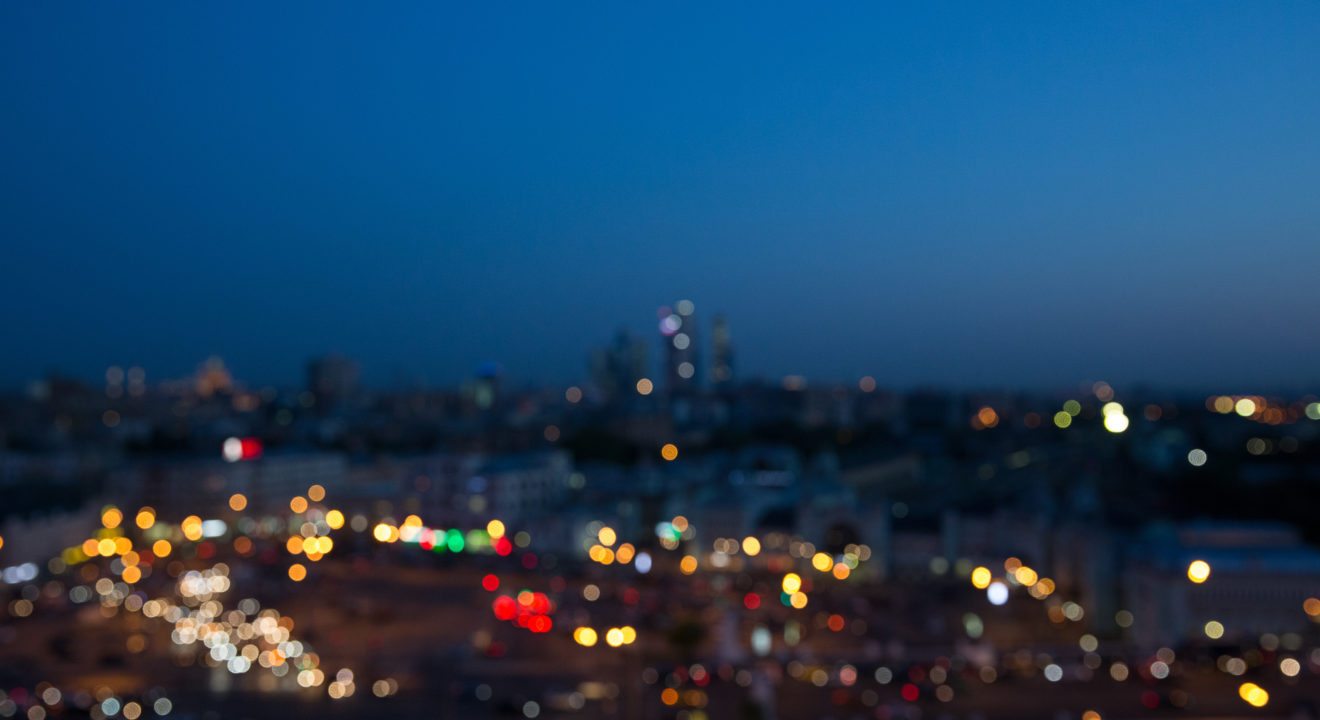Culture December 15, 2016


Snapchat, Instagram and iPhone camera rolls … oh my! In today’s digital world, it’s easier than ever to capture a vibrant sunset or rolling ocean waves. These memory pixels sprinkle through social media with a little help from filters and apps.
But what about when the lights go out? If you want to take a picture at night, it’s time to upgrade your amateur photography skills.
First and foremost, arm your photo-ready hands with a DSLR (digital single-lense reflex camera). If you don’t have one in your closet already, a DSLR is essential. Once reserved only for the pros, DSLRs are now relatively cheap and widely available for a photographer at any level.
So let’s get shooting! Well, not so fast. Your work’s not over once you dust off an old camera decorating your shelf or rip apart that new packaging from Best Buy. Before you head out on that first nocturnal adventure, add a trusty tripod, quality lens and a whole lot of patience to your shopping list.
READ MORE: Photo Series ‘The Atlas of Beauty’ Captures Women’s Diversity
If you want to take a picture at night, here’s how to snap the shot like a pro.
While having a tripod isn’t a prerequisite for capturing dark landscapes, it sure will improve your night photography game.
“For more advanced night shots, a tripod is necessary,” Nikon says via their website. “Long exposure times – one, ten, even 30 seconds – combined with small apertures (for great depth-of-field) will produce dramatic light-trails and reveal details.”
Stabilizing the camera lets you set up the shot perfectly. As the long exposure works its magic, you can stand back and enjoy the view without the viewfinder obscuring your vision.
David Kingham via Borrow Lenses suggests upgrading your lens for the best results after hours.
“The most important factor is how much light a lens will let in so that we can shoot at lower ISOs – this means apertures of f/2.8 or greater (f/1.4 being preferred),” Kingham writes. “Most zoom lenses only go to f/2.8 and, while they are perfectly okay for night photography, they are not the ultimate lenses to use.”
READ MORE: Charles March Gives 5 Expert Tips for Taking the Perfect Photograph
In other words, a new lens (or two) with more range will brighten up any dark shots. Take control of that aperture and slow down your shutter speed as the increased light pours into the frame.
Also, consider a lens with vibration reduction (VR) if you decide to leave the tripod at home. This will add more stability when you’re a free bird and just winging it.
You’re not a professional photographer – so don’t expect yourself to be. The first few (hundred) tries will likely not deliver the best results. Keep trying even when you feel like a failure.
Try bringing someone along with you, whether she is a seasoned photographer or a fellow amateur. Having a friend by your side will keep you entertained. Plus, it’ll help motivate you on that quest to capturing the coolest snapshots after hours.
READ MORE: Your Guide to Becoming a Professional Photographer
Realize that night photography isn’t as simple as staging your brunch bites for better online aesthetic. Quality nocturnal photos take work, both physically and mentally.
Fancy DSLRs, tripods and lenses are necessary tools for night photography, but patience may be the best weapon against the dark side of the moon. Stick with the act and soon enough you’ll snap an Insta-worthy shot. Once you put in the time and dedication, you’ll be well on your way to becoming one of the glowing stars in the photography galaxy.